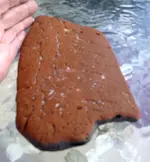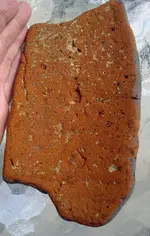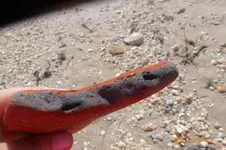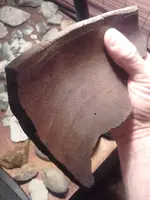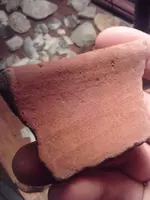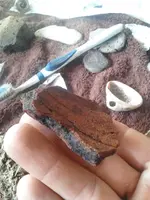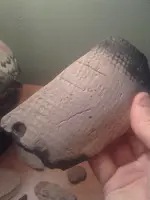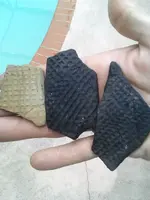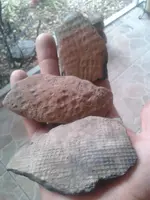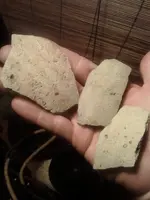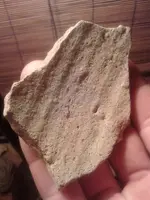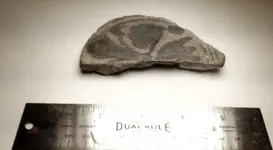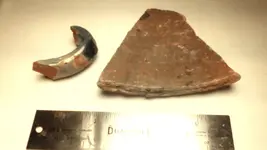I have seen similar examples found along Indian River. Of course, as GatorBoy indicated, there are variants of St. Johns Orangeware manufactured by the Glades Culture, although I don't recall it ever being referred to as Orangeware in the South Florida Tequesta and Calusa Region. However, if you can find it in references, the late Bert Mowers did a study of Everglade ceramics, thus naming a few new variants. A paper of the same was published sometime in the early 1960's by Mowers. At one site where FPL hired me to conduct a survey, I dug two variations of Glades Plain and Glades Grittyware; also, some with Orange exterior. Other variants included Gray and brown check stamped, a variety commonly manufactured in the Upper St. Johns Valley. Of course, the site was loaded with shell tools such as celts and strombus giga columella (center-shaft of conch shell sometimes used as hoes). Also in the mix was a serpentine hammerstone; and historically, a cannonball flattened on one end due to its continuous use to pound and grind the coontie root to make flour. There were a few iron knife blades; a broken 1850's wine bottle; and, a few beads that dated up until the 1890's. It is interesting if what you have is tile. Makes one wonder if tile was used on cabin, or cookshed roof on a spanish ship. Notably, after the treasure cookoff picnic, I spent only one hour searching along a bluff and recovered a few pieces of pottery. It is gray center and black exterior. Because it is so similar to the natural midden dirt washing out onto the beaches and its rough texture, I suspect it may not be manmade. It may very well be pieces of clay and midden matrix, exposed, dried by the sun, and washed out of the dune by tidal action. Of course, what you found appears manmade.



